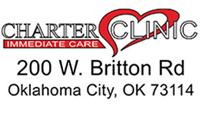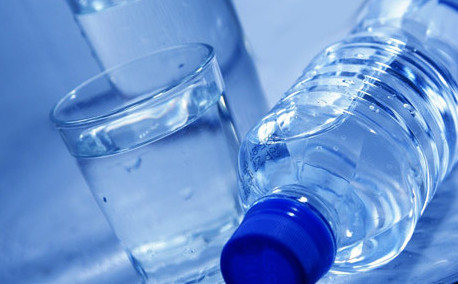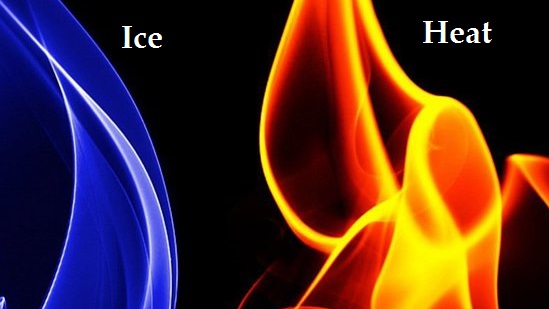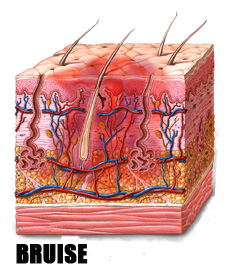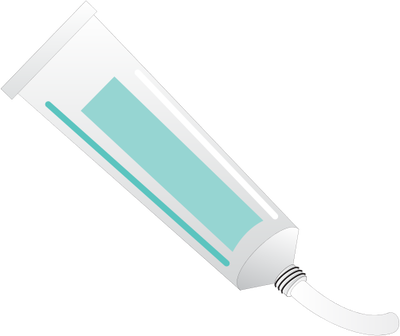The right way to hydrate before hitting the gym!
1. You don’t need to guzzle a gallon of H2O during your exercise session.
When you work out at a moderate intensity for less than an hour, simply drink to satisfy your thirst and you’ll take in what you need. If you go an hour or more or you’re exercising in hot conditions, weigh yourself before and after you work out and sip an extra 16 ounces of water per pound lost.
2. Water can give your workout a boost.
Plain H2O will hydrate you just fine during a typical sweat session so that you can get the most out of your routine. If you prefer the taste of coconut water, though, go for it. It contains some carbs, which can help give you a lift. If you’re deficient in certain nutrients, vitamins may help improve your performance. In that case, try vitamin-enhanced water.
3. Stash your water in the freezer before you exercise.
Cold H2O is better for your workout than water at room temperature. In a British study, people who had a very cold drink before and during sweaty cycling sessions were able to keep going significantly longer than those who drank their beverage at warmer temps, probably because the icy sips kept their core body temperatures lower.
4. Drinking water can help you lose weight.
Sipping before meals helped dieters consume 90 calories less at each meal, according to a recent study. Again, cold water may be a better choice; research has found that you burn slightly more calories after drinking it, probably because your body expends energy to heat the water up.
“The hyaluronic acid in your skin absorbs some of the water you drink,” says Doris Day, MD, a dermatologist in New York City. “This gives it some of its elasticity and vibrancy.” But there’s no need to chug an ocean of the stuff. “Once the hyaluronic acid has absorbed all it can, you’ll simply pee the rest out,” Dr. Day says. The best rule of thumb: If your skin doesn’t bounce back right away when you pinch it, drink up.
6. Your Starbucks habit is not dehydrating you.
Caffeine is a mild diuretic, but it doesn’t lead to dehydration, according to Armstrong’s research. You can even count caffeinated drinks toward your total fluid intake, says Lauren Slayton, RD, the author of The Little Book of Thin and the founder of Foodtrainers in New York City. Eight ounces of coffee equals roughly four ounces of water.
7. It is possible to drink too much water.
This can be a serious problem for endurance athletes, especially women, who are smaller than men and so have less water in their bodies, says Timothy Noakes, MD, the director of research in exercise science and sports medicine in the Department of Human Biology at the University of Cape Town. Drinking large amounts of water can cause a condition called hyponatremia, in which the sodium levels in the blood drop too low and brain cells and tissue become bloated, leading to nausea, confusion, seizures, coma and even death. But the condition is rare. The average gymgoer, or even a triathlete who drinks only to quench thirst, is highly unlikely to consume more water than her body can handle, Dr. Noakes says.
